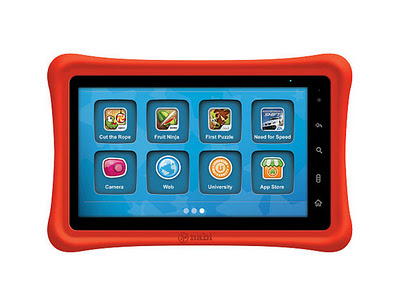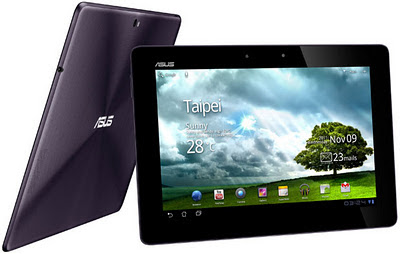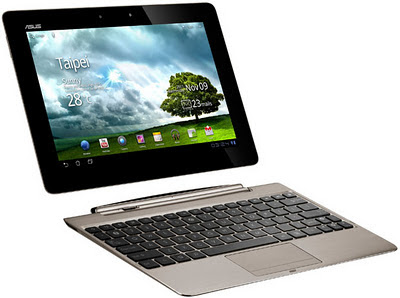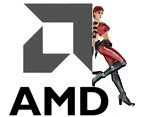
The AC Ryan Playon!HD Essential allows you to store and enjoy all of your precious movies, music and photos in the comfort of your own living room. Free your media content from the limitations of your PC and let the Essential bring them to life in Full HD quality on your TV.
The Playon!HD Essential is designed for users who prefer an easy to use media player without the fuss of networking. Setting a new standard of performance in the class of media players with no network, this inexpensive, user friendly, no-network media player supports the most file formats including Blu-ray and DVD ISO. With exceptional quality and ease, the Playon!HD Essential, plays your media files from external drives (USB drives, USB hard disks, and media cards such as SD Cards). The pre-installed eco friendly, low noise, low power consumption HDD up to 2TB allows you to conveniently store all your media files in one central location.
The Playon!HD Essential makes entertainment simple and enjoyable for you, your family and friends. Simply transfer, store and play your media content with the Essential and enjoy High Definition entertainment, the way it should be.
* More format support than any other no network media player.
* Superior video quality High Definition 1080p.
* Plays BD-ISO files including BD basic navigation.
* Plays DVD IFO/ISO with full DVD menu and navigation support.
* Supports more character sets (for non-English subtitles).
* Completely unique, newly designed user interface (Playon!GUI2.0).
* Smart content management (auto file indexing).
The Essential has similar styling to previous A.C. Ryan devices and has the front panel has a reflective finish with company logo in the centre. Beneath the logo is the on/off button which lights red when in standby and blue when on. The Essential sized 185x150x55mm and weighs approximately 610g.
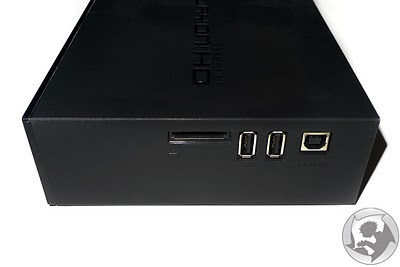
On the right side of the device we find the input connectors. On the left is a media card slot which supports SD, SDHCm MMC, MS and MSPro. Then there are two USB 2.0 inputs and a USB 2.0 slave port.

Turning round to the back of the Essential we find an exhaust vent for the 40mm cooling fan, power socket and the systems outputs. Starting from the left we have an optical output, HDMI 1.3, Composite audio/video and coaxial audio. There are no network connectors on the back panel of the device as it is designed for those who want a stand-alone player. A.C. Ryan will however offer a Wireless-N dongle for the player.

This is the bundled components consist of a manual, composite video cables, remote, batteries, PSU and replacement feet.









